The cold press juicing machine market is booming, with global revenues projected to reach USD 1.8 billion by 2025. As health trends continue to rise, business buyers must stay informed on selecting the best machines to meet consumer demand and maintain a competitive edge.
Table of Contents:
– Cold Press Juicing Machine Market Overview
– Key Factors When Selecting a Cold Press Juicing Machine
– Exploring the Latest Technology Features
– Industry Standards and Regulatory Compliance
– Final Thoughts
Cold Press Juicing Machine Market Overview
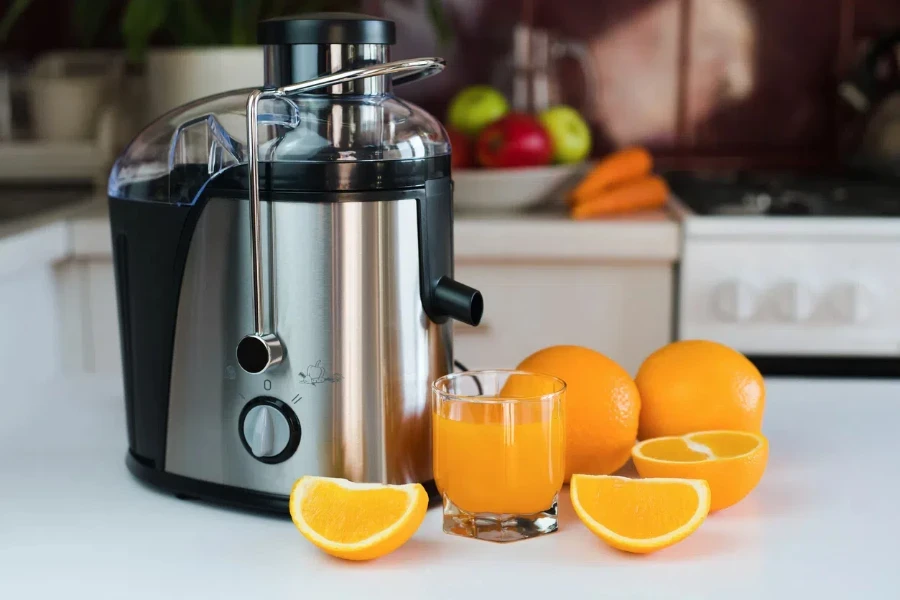
The global cold press juicing machine market is expected to experience significant growth in the coming years. According to Statista, revenue from these machines is projected to reach USD 1.8 billion by the end of 2025, with a compound annual growth rate (CAGR) of 7.3%. This growth is fueled by the rising consumer demand for healthier beverage options, particularly cold-pressed juices, which are believed to retain more nutrients than traditional juicing methods.
By 2024, market volume is estimated at 1.2 million units, with the United States leading in both revenue and unit sales. The average revenue per user (ARPU) in this market is expected to be USD 55.60 by 2025. Additionally, the penetration rate of these machines in households worldwide is predicted to rise from 3.2% in 2024 to 4.5% by 2029, indicating a growing trend towards home-based health solutions.
Europe is also showing strong growth, with a projected CAGR of 6.8% from 2024 to 2029. This market is driven by the increasing popularity of organic and functional juices, which often require cold-press technology to preserve nutrients. The Asia-Pacific region is expected to follow closely, with significant contributions from China and Japan, where demand for fresh, high-quality juices is rapidly increasing.
Key Performance Benchmarks and Market Share Dynamics
Cold press juicing machines are assessed based on several performance benchmarks, including juice yield, nutrient retention, and operational efficiency. High-end models from brands like Kuvings and Omega are known for superior juice yield, extracting up to 30% more juice than centrifugal juicers. These machines also retain higher levels of vitamins and enzymes, making them popular among health-conscious consumers.
In market share dynamics, premium brands like Hurom and Breville dominate the high-end segment, accounting for about 40% of total market revenue in 2024. Mid-range brands are gaining traction by offering a balance between performance and affordability. Innovations such as multi-functionality, quieter operation, and ease of cleaning are key differentiators in the competitive landscape.
Economic Influences and Consumer Behavior Shifts
Economic factors like disposable income and urbanization significantly impact the cold press juicing machine market. As urban populations grow, there is a rising preference for convenient, at-home health solutions. This trend is particularly evident in North America and Europe, where busy lifestyles drive demand for ready-to-drink juices and easy-to-use juicing machines.
Consumer behavior is shifting towards organic and minimally processed foods. Cold-pressed juices, perceived as fresher and more natural, align with this trend. The popularity of juice cleanses and detox programs has further boosted the market, with consumers willing to invest in high-quality juicing machines to meet their health goals.
Distribution Channel Preferences and Recent Innovations
Distribution channels for cold press juicing machines are diverse, including online platforms, specialty kitchen appliance stores, and large retail chains. Online sales are expected to grow at a CAGR of 8.5% from 2024 to 2029, driven by the convenience of e-commerce and product variety. Retail chains like Walmart and Best Buy also play a significant role, offering in-store demonstrations and promotions to attract customers.
Recent innovations in the market include advancements in juicing technology, such as slow juicers with dual-stage extraction processes. These machines maximize juice yield and minimize oxidation, extending juice shelf life. Manufacturers are also focusing on more compact and user-friendly designs to cater to modern kitchen needs.
The cold press juicing machine market is set for substantial growth, driven by increasing consumer awareness of health and wellness benefits. With technological advancements and a growing preference for organic and functional juices, the market is poised to expand across various regions. Businesses and manufacturers must continue to innovate and adapt to changing consumer preferences to maintain a competitive edge in this dynamic market.
Key Factors When Selecting a Cold Press Juicing Machine
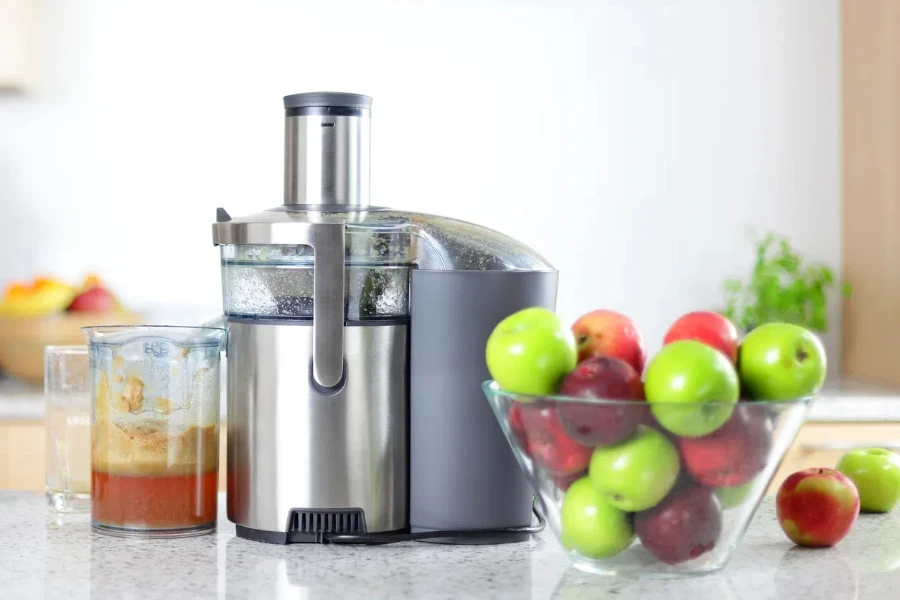
Selecting the right cold press juicing machine involves considering several factors to ensure it meets operational needs and business goals. Each component and specification can significantly impact performance, efficiency, and cost-effectiveness.
Performance and Functionality
Performance is crucial when evaluating cold press juicers. It involves looking at the machine’s juice yield, speed, and efficiency. A high-performance juicer extracts maximum juice with minimal waste, which is vital for cost savings and product quality. Machines with advanced motors and optimized gear systems can process large volumes of fruits and vegetables quickly, making them ideal for commercial use. The ability to handle various produce types—from leafy greens to hard roots—demonstrates versatility and enhances functionality.
Functionality also includes ease of use and operational simplicity. Machines with intuitive controls and minimal manual intervention can reduce training time and operational errors. Features like automatic pulp ejection, multiple speed settings, and reverse functions improve user experience and efficiency.
Technical Specifications
Technical specifications reveal the machine’s capabilities and limitations. Key specs include motor power, measured in watts or horsepower, which determines the machine’s ability to handle tough produce. A powerful motor, typically ranging from 150 to 250 watts for commercial models, ensures consistent performance under heavy loads.
Another critical specification is the auger speed, measured in revolutions per minute (RPM). Lower RPMs, often between 40 to 80, help preserve nutrients and enzymes by reducing heat and oxidation. The material of the auger, such as stainless steel or BPA-free plastics, affects durability and juice quality.
Design and Aesthetics
The design of a cold press juicing machine impacts both functionality and visual appeal. Compact designs are ideal for businesses with limited counter space. Ergonomic designs that allow easy assembly, disassembly, and cleaning enhance user satisfaction and efficiency.
Aesthetically, machines should complement the workspace or retail environment. Sleek, modern designs with premium finishes not only attract customers but also positively reflect on the brand’s image. Transparent or semi-transparent components can provide visual feedback on the juicing process, adding an interactive element for customers.
Build Quality and Durability
The build quality of a cold press juicing machine indicates its longevity and performance reliability. Machines made with high-grade materials like stainless steel or heavy-duty plastics resist wear and tear better, ensuring a longer lifespan. The robustness can also be assessed through weight; heavier models often signify sturdier construction.
Durability extends to the machine’s components, such as the auger, mesh filters, and seals. These parts should handle frequent use without degrading, which is crucial for maintaining juice quality and preventing downtime. Investing in a durable machine can lead to significant cost savings over time by minimizing repair and replacement expenses.
Safety Standards and Certifications
Adherence to safety standards and certifications is essential when selecting a cold press juicing machine. Machines should comply with international safety standards, such as CE, UL, or ISO certifications, ensuring they meet essential safety and performance criteria. Features like overload protection, non-slip bases, and safety locks are crucial to prevent accidents.
Moreover, machines should be made with food-grade materials to prevent contamination and ensure consumer safety. Certifications from reputable organizations assure quality and safety, enhancing consumer trust and brand credibility.
Exploring the Latest Technology Features
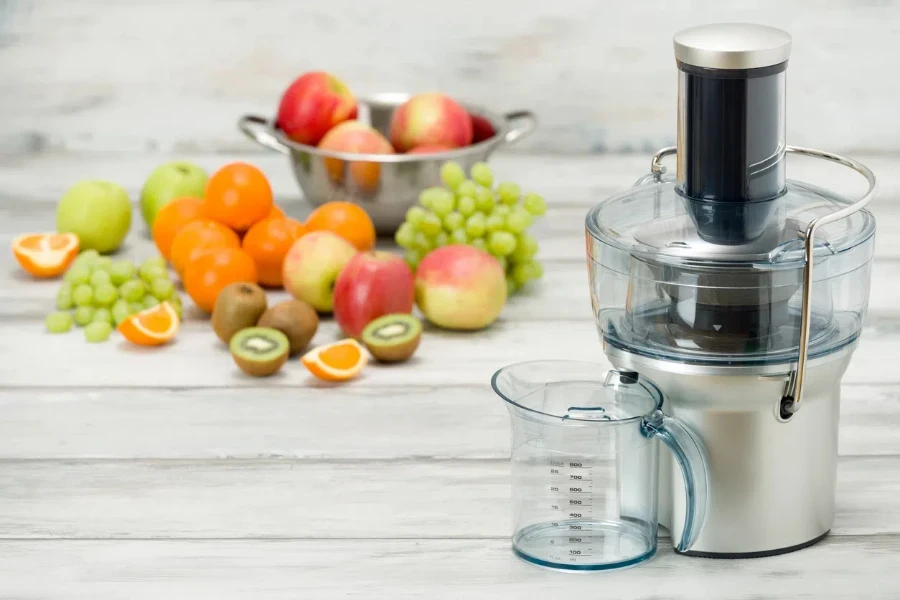
Recent technological advancements have significantly improved the functionality and efficiency of cold press juicing machines. These innovations enhance juice quality and streamline operations and maintenance.
Smart Integration and Connectivity
Modern cold press juicers increasingly integrate smart technology, allowing for remote operation and monitoring. Bluetooth or Wi-Fi-enabled machines can be controlled via smartphone apps, providing real-time feedback on performance metrics like yield, speed, and maintenance alerts. This connectivity facilitates seamless integration into smart kitchen ecosystems, enhancing operational flexibility and convenience.
Furthermore, smart machines offer personalized juicing programs based on user preferences and produce types. These programs optimize settings such as speed and pressure to maximize juice quality and nutritional content, catering to health-conscious consumers and specialty juice bars.
Enhanced Energy Efficiency
Energy efficiency is crucial for businesses aiming to reduce operational costs and environmental impact. Recent models incorporate energy-saving technologies, such as high-efficiency motors and optimized gear systems, which consume less power while maintaining performance.
Energy-efficient machines not only lower electricity bills but also contribute to sustainability goals. Many manufacturers highlight the eco-friendly aspects of their products, appealing to environmentally conscious consumers and aligning with global sustainability trends.
Advanced Material Technologies
The use of advanced materials in cold press juicing machines has improved durability and hygiene. Innovations such as BPA-free plastics, food-grade stainless steel, and antimicrobial coatings enhance the safety and longevity of the machines. These materials resist corrosion, staining, and microbial growth, ensuring that the machine remains hygienic and easy to clean.
Some machines also feature self-cleaning technologies that use high-pressure water jets or automated brushes to remove residue and pulp, significantly reducing cleaning time and effort.
Industry Standards and Regulatory Compliance
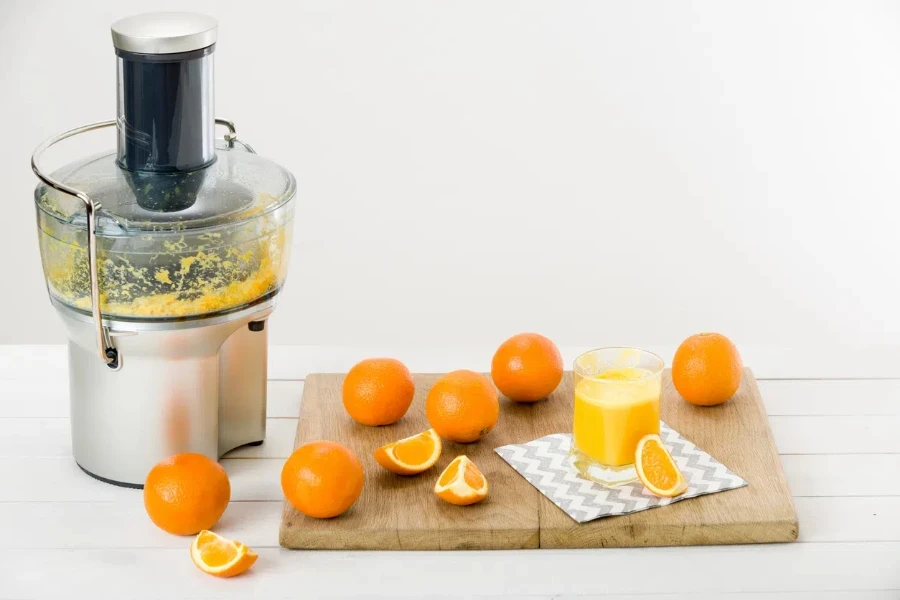
Compliance with industry standards and regulations is essential for ensuring the safety, quality, and legality of cold press juicing machines. Manufacturers must adhere to various national and international standards to meet consumer expectations and legal requirements.
International Safety Standards
Cold press juicers must comply with international safety standards, such as those set by the International Electrotechnical Commission (IEC) and the European Committee for Electrotechnical Standardization (CENELEC). These standards ensure that machines meet essential safety and performance criteria, reducing the risk of accidents and malfunctions.
In the United States, compliance with Underwriters Laboratories (UL) standards is often required, providing assurance that the machine has been rigorously tested for safety and reliability. These certifications are critical for gaining consumer trust and facilitating market entry in regulated regions.
Food Safety and Hygiene Regulations
Adherence to food safety and hygiene regulations is crucial for machines that process consumable products. Machines should be constructed with food-grade materials that prevent contamination and ensure the safety of the juice produced. Compliance with regulations from agencies such as the Food and Drug Administration (FDA) in the United States or the European Food Safety Authority (EFSA) in the EU is essential.
Manufacturers must ensure that their machines are easy to clean and sanitize, reducing the risk of bacterial growth and contamination. This is particularly important for commercial operations where high volumes of juice are produced daily.
Environmental Compliance
As environmental awareness grows, compliance with environmental regulations is increasingly important. Manufacturers are encouraged to adopt sustainable practices, such as using recyclable materials and reducing energy consumption, to minimize their environmental footprint.
Machines that adhere to environmental standards, such as the Restriction of Hazardous Substances Directive (RoHS) in the EU, demonstrate a commitment to sustainability and can appeal to eco-conscious consumers. These standards restrict the use of hazardous substances in electrical and electronic equipment, promoting safer and more sustainable products.
Final Thoughts
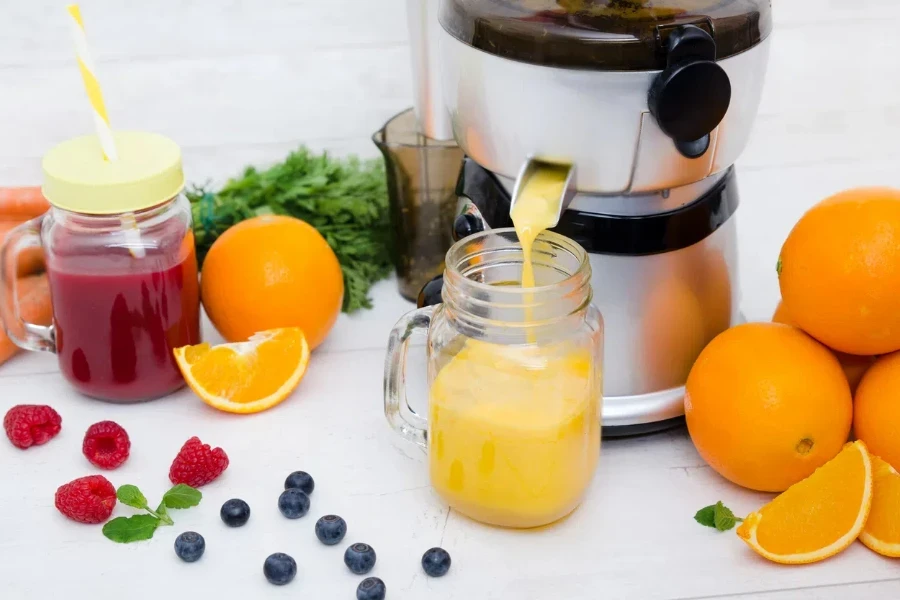
Selecting a cold press juicing machine involves careful consideration of various factors, from performance and design to safety standards and regulatory compliance. The latest technological advancements and adherence to industry standards further enhance the value and reliability of these machines, making them a strategic investment for businesses in the juicing industry.




